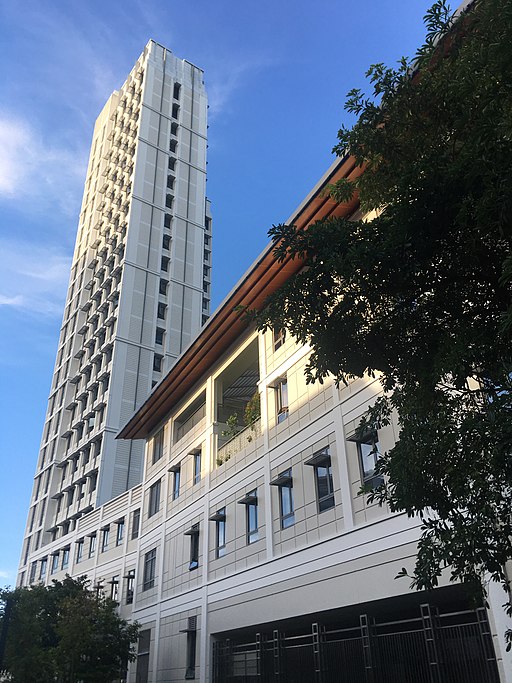The value of liberal arts in Asia and educational partnerships has been questioned in recent weeks in many articles, partly triggered by the closure of Yale-NUS College. I was interviewed for an article in Diverse, which explored US-Asia partnerships. In that interview I stressed the key importance of liberal arts as academic communities, which include deep networks of connection and shared values, are crucial for producing academic freedom and excellence in undergraduate education. Many who have weighed in on these ventures have missed this crucial factor and make the error of thinking of a liberal arts institution as a set of courses and FTE faculty lines that can be rearranged and reorganized, or “merged,” without damaging or shattering these relationships that together build an academic culture and community.
The academic community and its deep relationships provide the essential ingredients of excellence in liberal arts colleges around the world. From the faculty side, deep relationships enable the creation of an academic culture that prizes academic freedom and collaboration and places undergraduate education at the center of the enterprise. These deep relationships provide the underpinning of trust that is necessary for faculty to fully partake in the governance and in managing the curriculum. The collaboration between faculty and between faculty and students is the process by which the excellence of the liberal arts college is built, partly through the collaborative process of building a curriculum, and students are able through deep relationships to fully explore their identities and capacities as they fully develop their talents.
As I said in the article, the idea of Yale-NUS being closed solely based on NUS saving money or being motivated by limiting academic freedom is incorrect and oversimplifies the situation. My main quote pointed out that closing Yale-NUS, regardless of motivations, is “definitely a loss” since “any institution is ultimately more than a bunch of courses and faculty lines. It’s a set of shared values. It’s a set of relationships. All of that is being shattered.” In the case of Yale-NUS, I also pointed out the success of Yale-NUS that can be seen through all the major indicators used for gauging institutional effectiveness. The students they were attracting were the best in the world, and students were being accepted to the top PhD programs in the world, garnering Rhodes and Schwarzman Scholarships, and were eagerly sought after by Singapore’s employers.
As all of our institutions move forward and reflect on the value of the liberal arts, I hope that we can stay focused on the main component of value of such institutions. These institutions create value from deep connections between all of the members of the community, faculty, students and staff, and these connections build the shared values, trust and respect that make such institutions distinctive and effective. The excellence of liberal arts colleges comes from a process that liberates students to develop their full capacities as individuals. Such institutions are important as they can build a happier and more meaningful life for students, and (yes) make them more resourceful, creative, communicative and collaborative employees.

